Sidebar
Main Menu
Visit Brittany, Unique Celtic France on its Northwest Coast
On the northwest coast of France is Brittany or Bretagne in French. This part of France is Celtic, and the Celtic French are unique and have a distinct way of life.
Brittany has the longest coastline in France with many inlets, islands, and rugged cliffs. The peninsula juts out into the Atlantic to its south and the English Channel to its north. The confluence of these two bodies of water, according to our guide, Simon of Visite Bretagne, is one reason for the strong tides that expose not only mudflats but also islands and cliffs.
I did not know much about Brittany when we visited, but my husband had read that Rennes, the regional capital, was voted one of the best places to live in France. What we saw in Rennes were beautiful buildings that France is so famous for. But the towns and villages outside of Rennes carry the traditions of centuries past. We found Brittany unique and quirky in many ways, full of Celtic myths and folklore, medieval towns with half-timbered houses, pirates on the high seas and oysters, so sweet and delicious!
Celtic Breton Tradition
The French claim that the French Bretons emigrated to the west coast of England and became the Briton Celts. The British say that it was the Cornish Celts that washed on the shores of France. However, the story goes, there is a shared ethnic affinity among the Bretons, the Welsh, and the Cornish Celts.
The "newcomers" to the land changed the name of the Armorique Peninsula in the 5th Century AD to Lesser Britain to distinguish it from their origins in Great Britannia or Great Britain. The name evolved into Britannia, Britain, and Brittany.Brittany is Latin for Britain, which means "Briton's land." The French initially called it "Grande Bretagne (Great Britain) but changed it to Bretagne to distinguish the island from the province and that country across the Channel.
The Bretons have a distinct way of life with their Celtic language and dress. While the dialect disappeared centuries ago, it is making a comeback. The local costume, you will see it in pictures everywhere, consists of elaborate lace headdress for the women known as "coiffes" and black jackets and trousers for men.
The traditional costumes will make appearances in festivals and special celebrations. There are many types of headdresses depending on the families.One thing I enjoyed in Brittany were the biscuits from the local biscuiteries. My favorites were the crepes dentelles (under the brand Gavottes), which are crispy lacy cookies, and the palets, which are the delicious buttery cookies.
Butter is especially delicious in Brittany and Normandie. You can find stores that sell butter made the old fashioned way.
Brittany is the home of creperies and apple cider. You have to try the crepes "salle'" or "sucre." That is crepes with just any filling, meat, or seafood or just powdered sugar with fruit or Nutella. They use buckwheat flour (salle) or regular wheat flour (sucre). Try the apple cider beer, light, and delicious.
On one of our driving tours with our guide, Simon, we walked the dense forests of Brittany. If you thought the legend of King Arthur and the Knights of Round Table was a purely British legend, think again. King Arthur and Merlin are alive and well in Breton folklore. In the Breton legend, Merlin meets the fairies, Vivian and Morgan.
The forests show the long Celtic history of megaliths and druidism combined with Christianity. We found a little Catholic church in the woods with pictures of the Knights of the Round Table and other druid symbols.
Rennes, Capital City
Just two hours by TGV, directly west of Paris, is the city of Rennes, the regional capital of Bretagne. You will find the center of town at the confluence of two rivers, the Ille and the Vilaine.
Rennes is considered one of the most dynamic cities in Bretagne, notably in the field of urban regeneration. In 1720, most of the town burned down including about 800 to 900 half-timbered houses.
To provide housing, the town began to sell buildings like flats. That was 200 years before this practice became common. Since that time, half-timbered houses declined in popularity in favor of stone structures.
Rennes, together with the cities of Vannes and Nantes, became significant cities of the Duchy of Brittany, some 2000 years ago. Brittany merged with France in the 16th century with the marriage of Anne of Brittany to the King of France. She actually married two heirs to the throne of France. The first king died without an heir, and then the successor king. She died without a male heir, and she is considered the last royalty of Brittany.
Despite the fire of 1720, authentic pockets remain of well-preserved half-timbered houses
Popular through the Middle Ages to the 18th century, half-timbered houses varied in style, decor, and structure depending on the region.
One feature that lasted throughout the ages was the use of color, used to indicate social rank.
Rennes has 286 half-timbered houses which were given historic protective status in 1966. Place Sainte-Anne is lined with half-timbered houses, superbly restored.
Place des Lices was initially used for jousting. Today, it is for the Saturday market. Nearby are the remains of the 15th-century Porte Mordelaise, once the main gate into the city.
Brittany has many beautiful buildings, like the Palais du Commerce and the Parliament of Brittany. The parliament building, which was designed by the architect of the Palais du Luxembourg in Paris, was constructed from 1618-55 to house the Breton parliament following the region's reunification with France. One cannot forget the Cathedral of St. Peter with an impressive interior, built to match the beauty of the Vatican in Rome.
The Northern Coast
Saint-Malo
On the northwestern coast of Brittany, you will find Saint-Malo. From the ramparts of Saint-Malo, you can view Mont-Saint Michel, only 50 km on the coast called the Emerald Coast.
Like Mont-Saint Michel, Saint-Malo stands on a rock, in a naturally defensive position at the mouth of the River Rance. Its roots go back to Roman times, but its name comes from a monk from Wales named Mucklow (Macklovius), who was one of the early pilgrims to Brittany who fled Britain to escape the Saxon invasion. He is one of the seven saints of Brittany.
Saint-Malo became an important seaport in the 16th century. Its location was strategic as the last main port on the English Channel before rounding the tip of Brittany. All merchant ships from the North Sea and the English Channel had to pass this way going south. It became France's landing port for voyages of discovery to the New World.
Saint-Malo was also notorious for its corsairs, or privateers. Piracy was an accepted way of life on the high seas. The corsairs were private pirates who worked for the King of France. Just as Queen Elizabeth I encouraged Francis Drake to pillage and plunder the Spanish ships, the French kings were happy to promote the corsairs of Saint-Malo to do the same for a share of the spoils.
Many corsairs became very wealthy, as shown by the many mansions outside of the fortification. The most famous corsair was Rene Dugyay-Tourin (1673). Saint-Malo's most renowned seafarer was Jacques Cartier (1491). From here he sailed to the New World to discover Quebec and Montreal. He is buried in the cathedral of Saint-Malo.
Finally, the maritime history of Saint-Malo ends with the exhibit of the Etoile du Roy. It is the second-largest replica of an 1743 frigate corsair ship. This three-mast, 325-ton ship held crew of 240 people.
Island Forts
In the 17th century, the city's medieval ramparts were reinforced to protect Saint-Malo from attack from land or sea, giving the old town the beautiful walls that surround it to this day.
There are islands around the fort only reached during low tide. On these islands, the Marquis de Vauban, in the service of King Louis XIV, built military installations to protect the city from attacks. A brilliant military engineer, he developed significant fortifications around ports and harbors all over France.12 Vauban fortifications that are UNESCO World Heritage sites. In Saint-Malo, the Fort de Grand Be' and the Fort National are accessible on foot when the tide is out.
D-Day
Unfortunately, Saint-Malo's defensive walls did not protect the city from bombardment during WWII. A large part of the old town was ruined, except for the ramparts.
Two months after D-Day, Allied Forces set out to capture Brittany, where there were large contingents of German forces on the beaches of Dinard (12,000 troops) and Saint-Malo (8,000 soldiers). Fighting on the north shore ended on August 13th with the last German hold out on August 17th. Cancale was abandoned early and taken by the Americans on August 6th. That same day, Dinan was liberated by the Free French forces.
Saint-Malo was rebuilt over 12 years from 1948 to 1960. The rebuilding of old Saint-Malo was one of the most significant heritage restoration projects in the aftermath of the war. While the ancient city was not rebuilt as it was before, it was built in the same way and the same style, without any inappropriate modern developments to change its skyline.
Dinan & Cancale
Dinan is a medieval town with its fortified walls mostly intact. When most cities sat on a valley or top of a hill, Dinan sits on a hillside, 75 meters high above the River Rance. It is a beautiful town filled with half-timbered houses, eateries, and restaurants serving traditional Breton fare. Dinan is about 20 minutes from Rennes.
Cancale is a seaside village close to Saint-Malo. Cancale is known for its oysters. There are two kinds of oysters grown in France: the indigenous flat oyster, and the hollowed oyster. The majority of oysters cultivated in Cancale are of the hollowed variety. The flat oysters have been dying out since the 1970s due to parasite infection.
The shellfish are grown by individual farmers in an area of the beach, whose beds are exposed at low tide. More than 15,000 tons of oysters are produced each year in France. Cancale has a wide range of restaurants around the port, where you can sample a variety of shellfish.
We loved what we experienced in Brittany, and we are looking forward to seeing the different cultures and coastal and border regions in France.
We were in Nice and Monaco earlier this year, and we could see the beautiful Italian influence in the city, plus the food, of course. Visit my blog, and we welcome any suggestions. See you soon!
When you subscribe to the blog, we will send you an e-mail when there are new updates on the site so you wouldn't miss them.

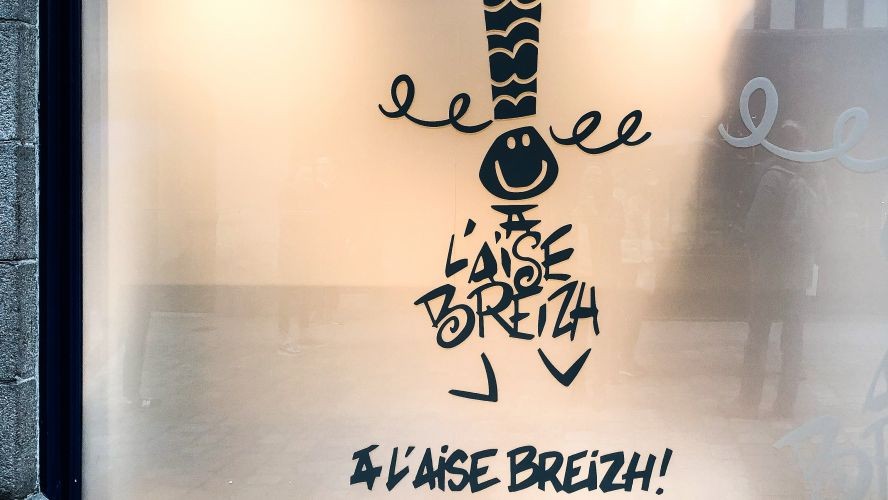

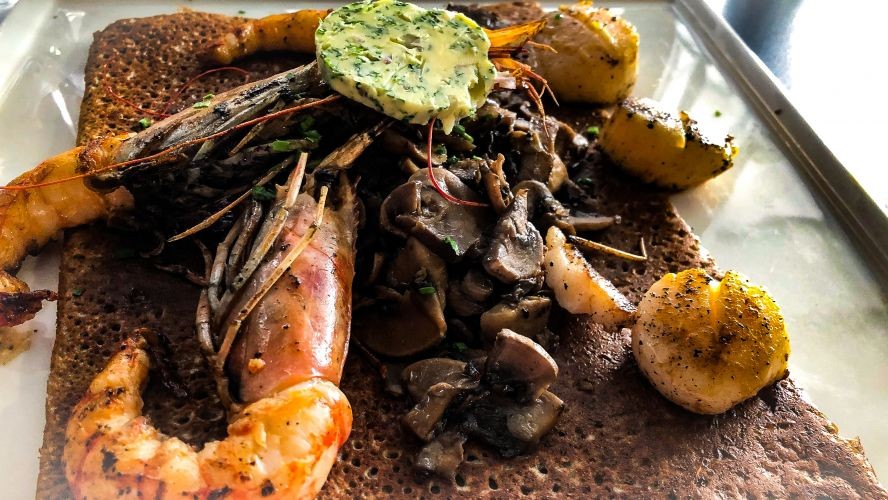
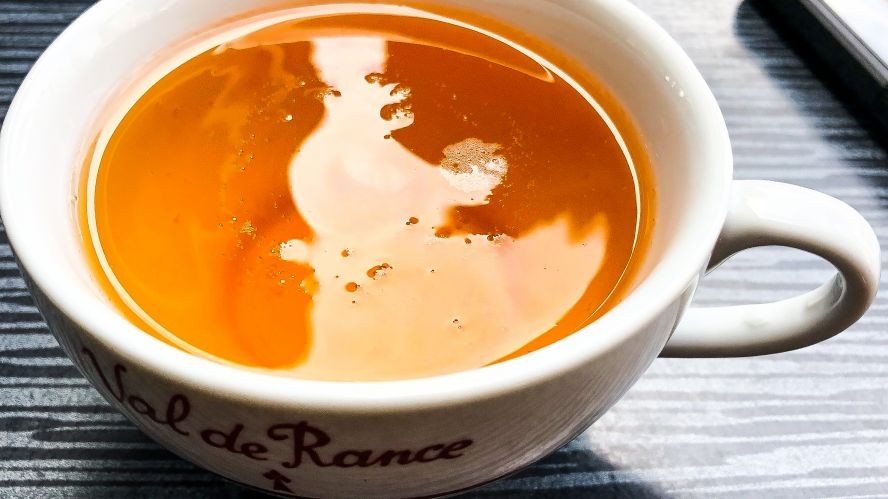
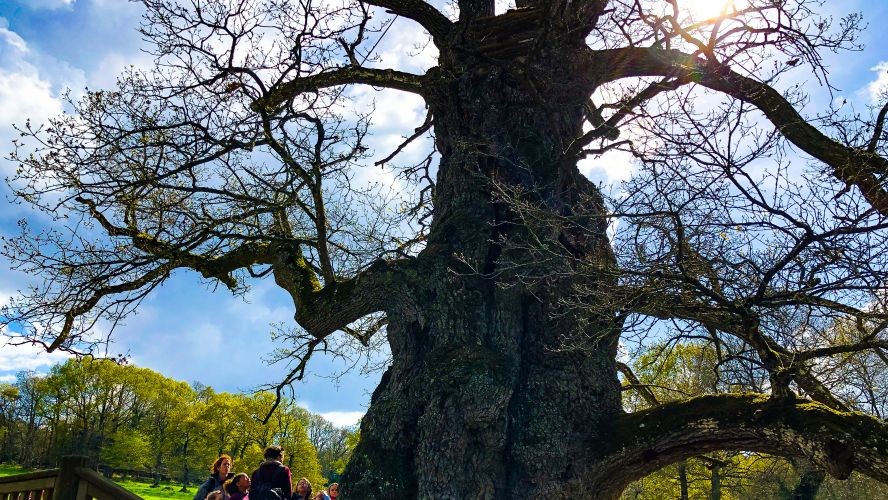
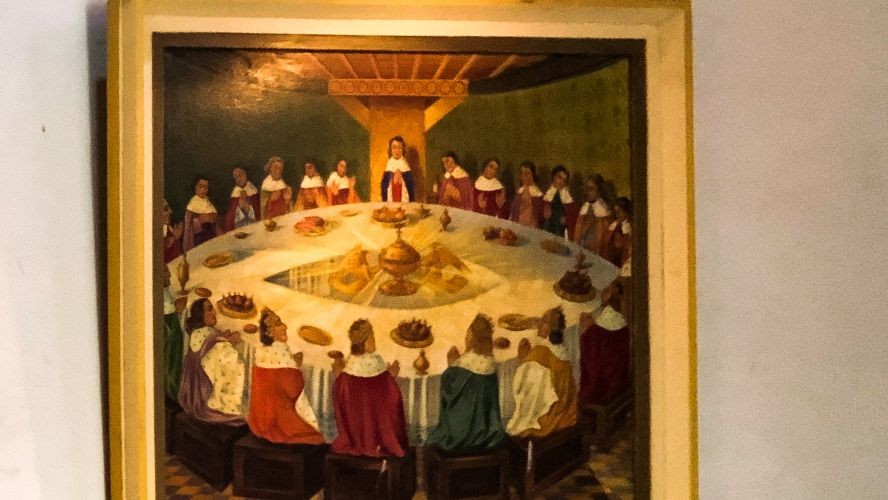
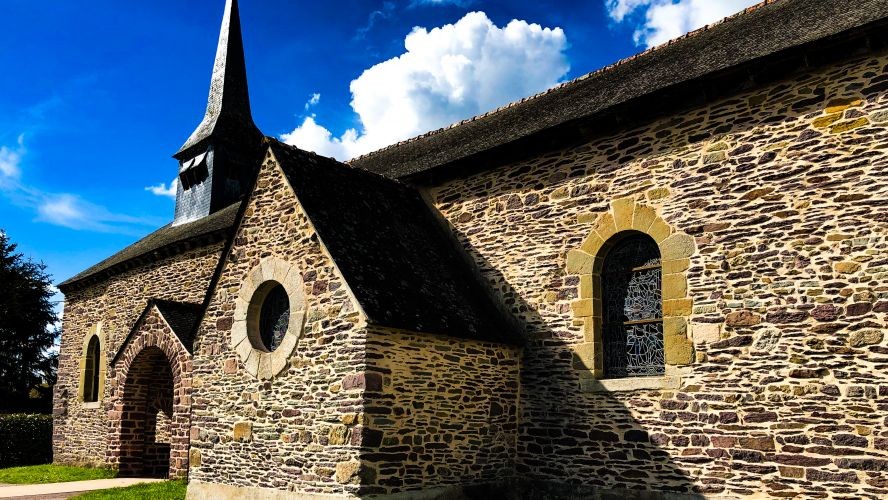
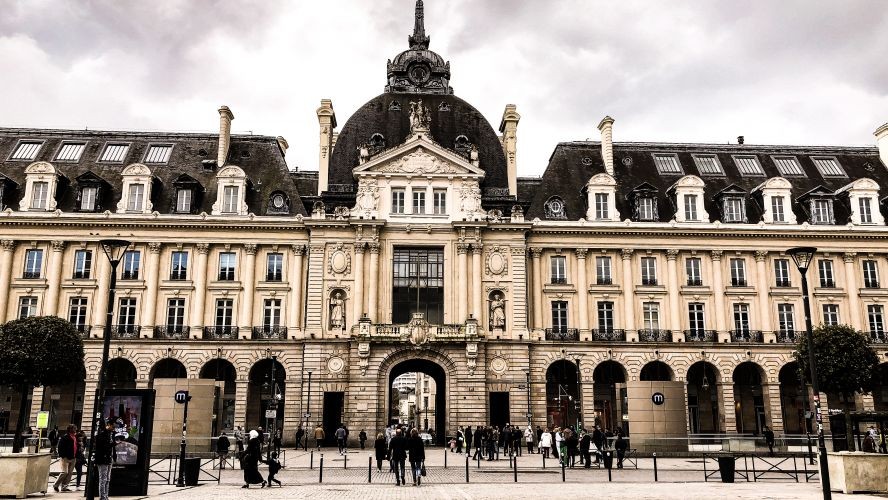
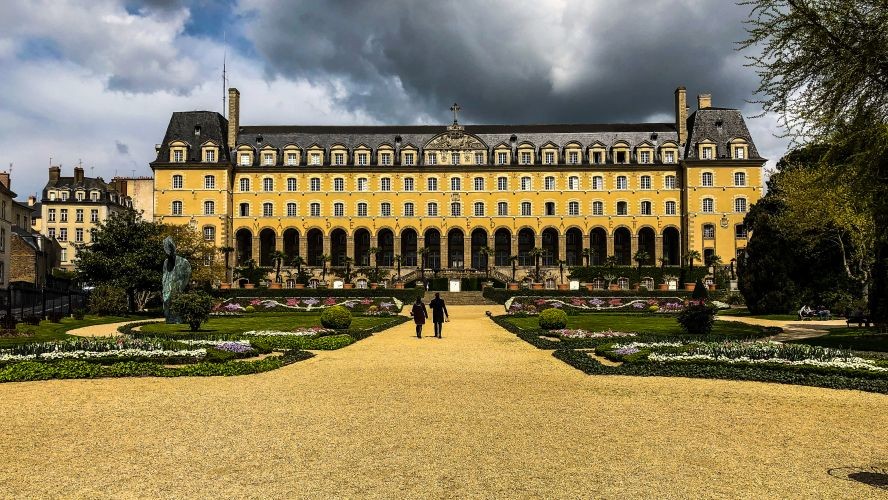
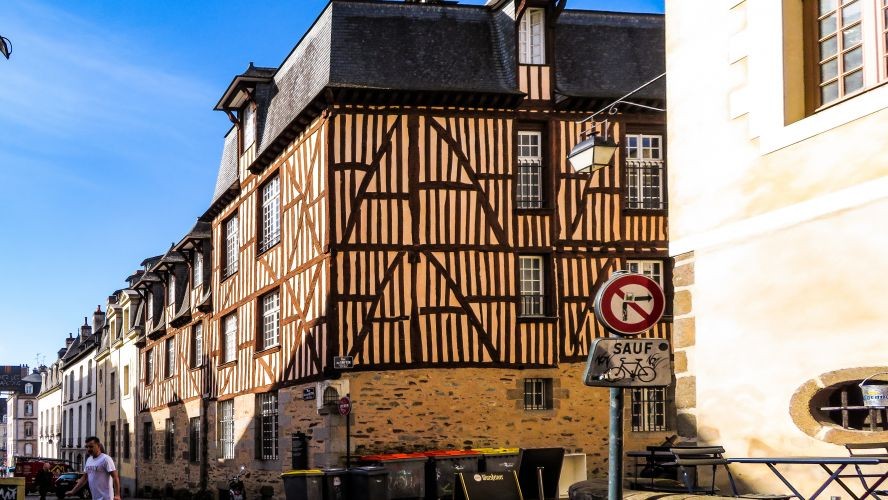
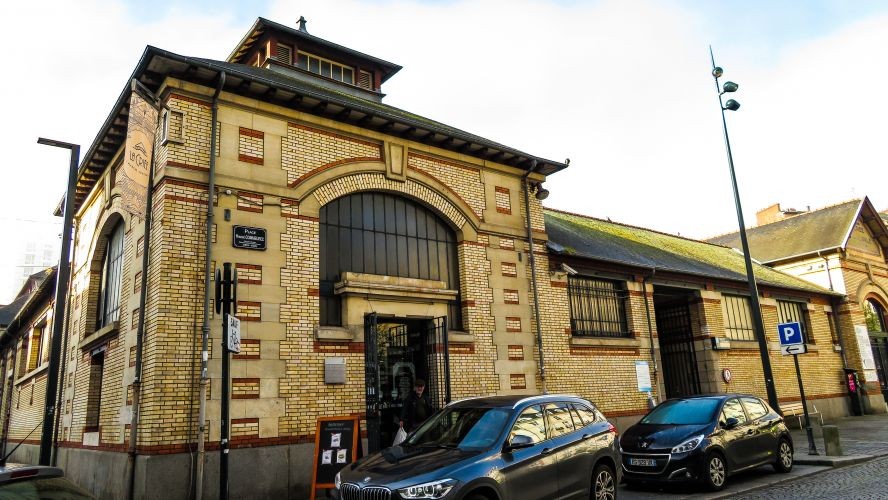
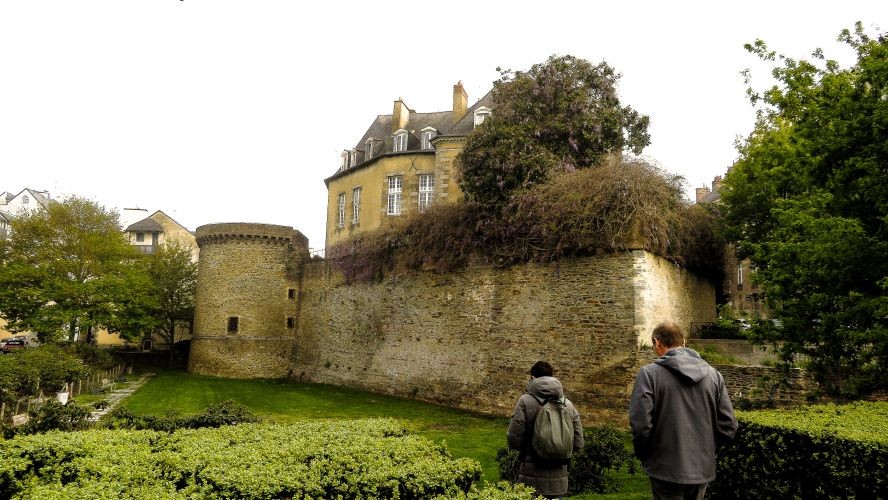
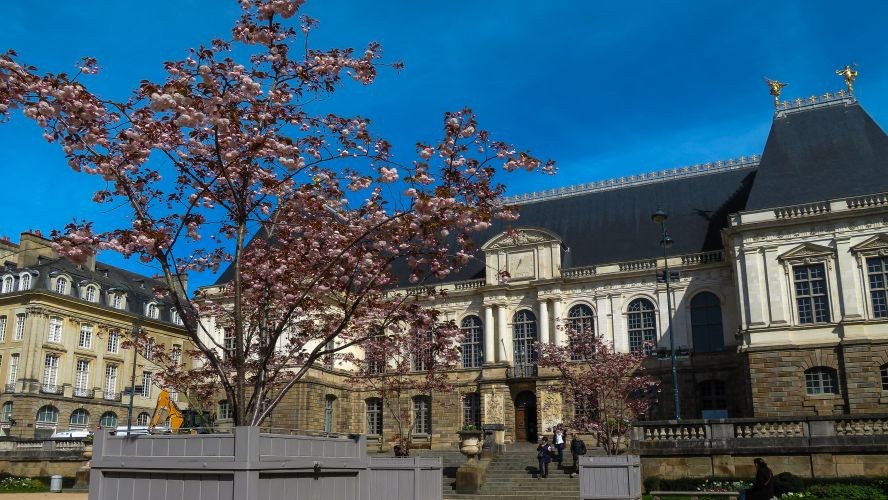
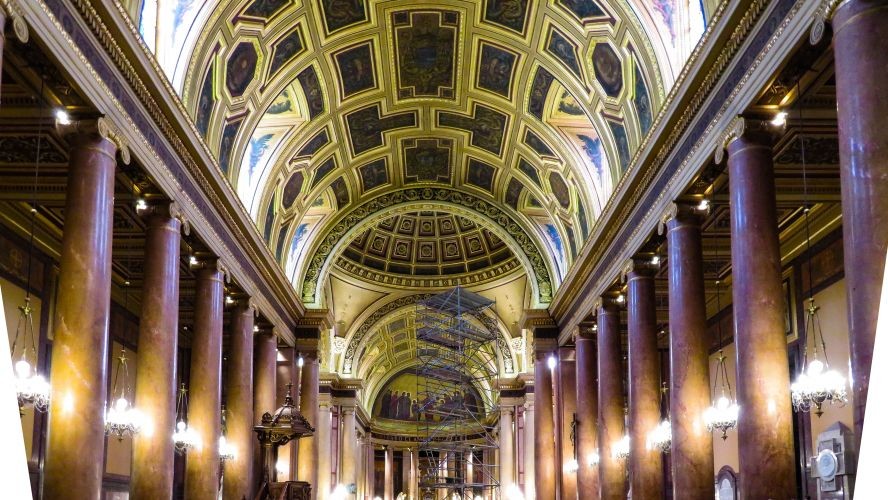
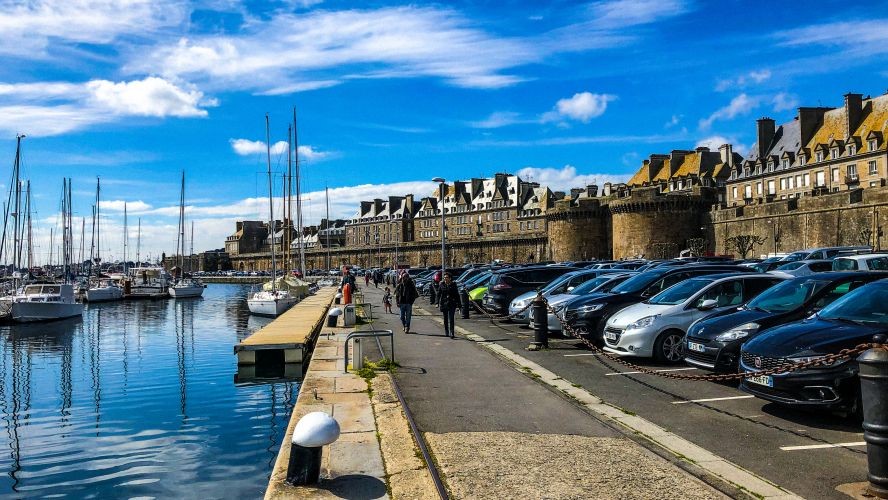
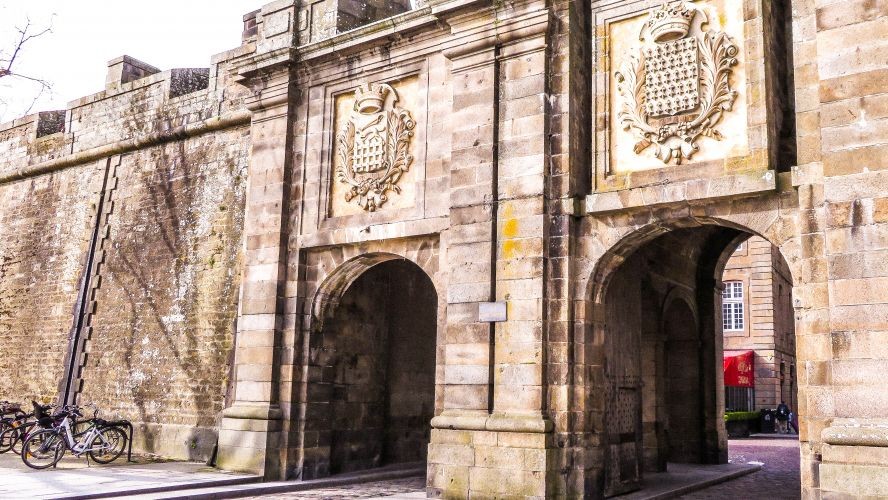
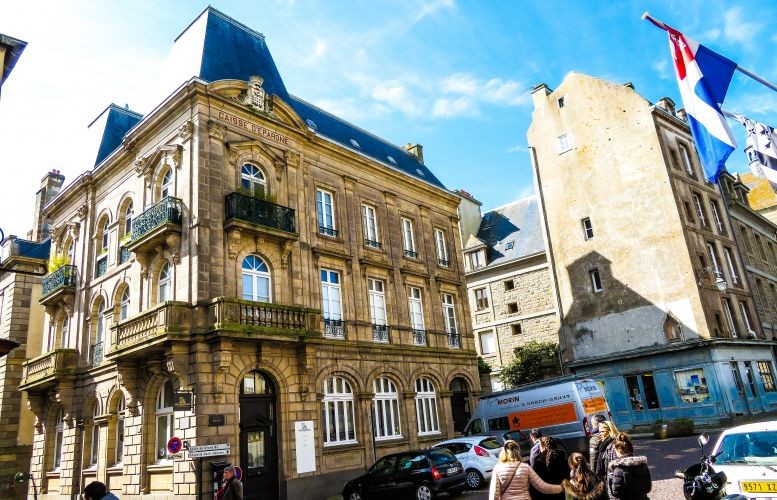
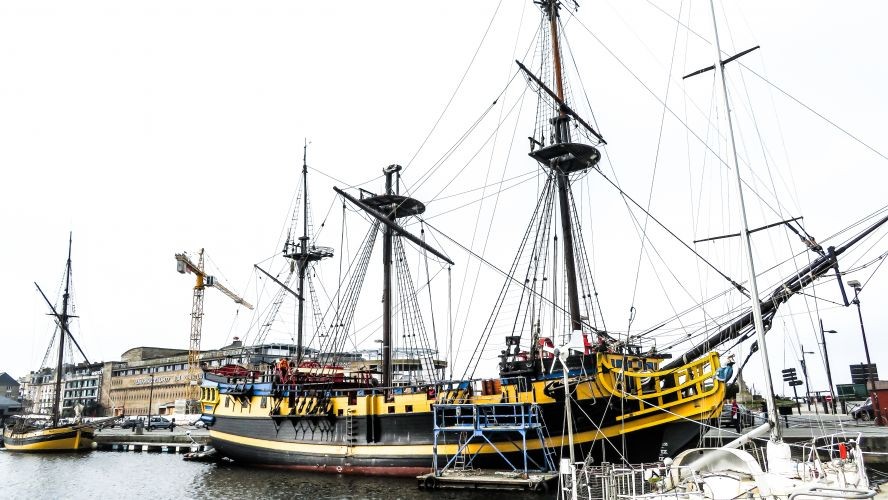
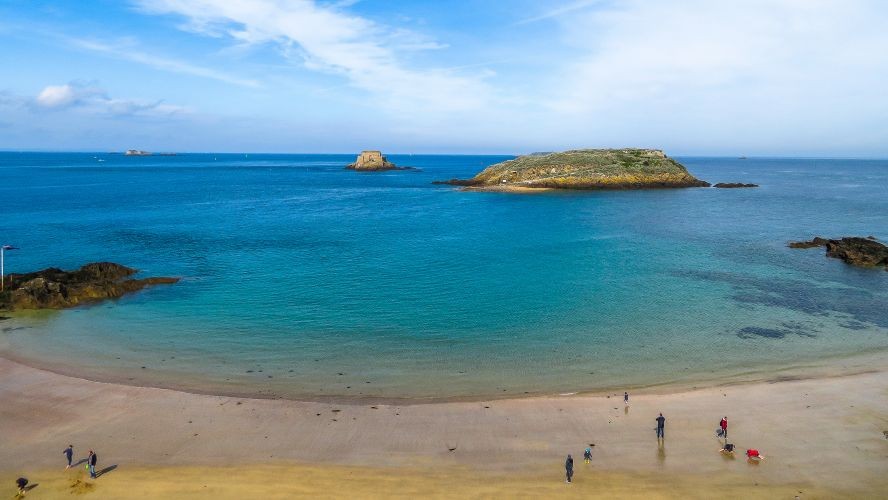
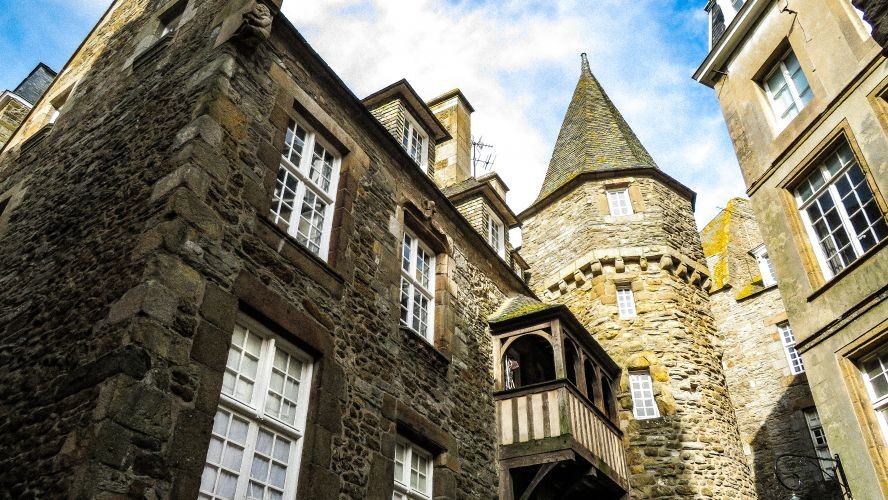
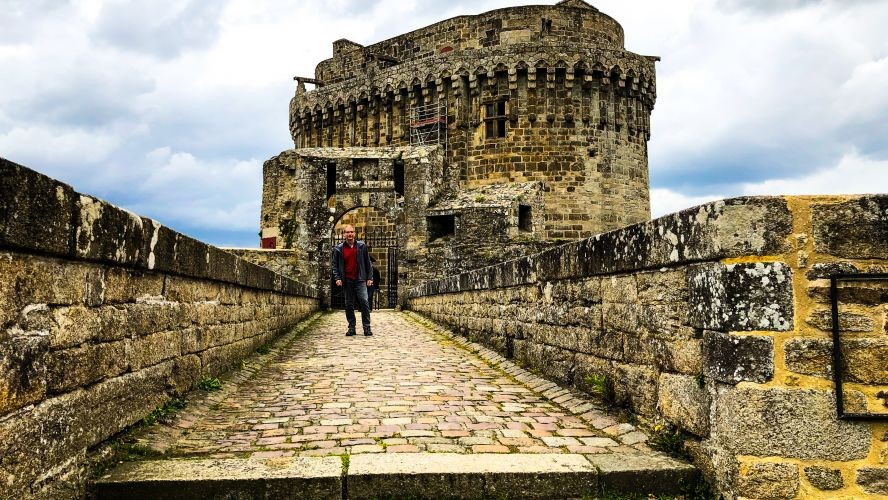
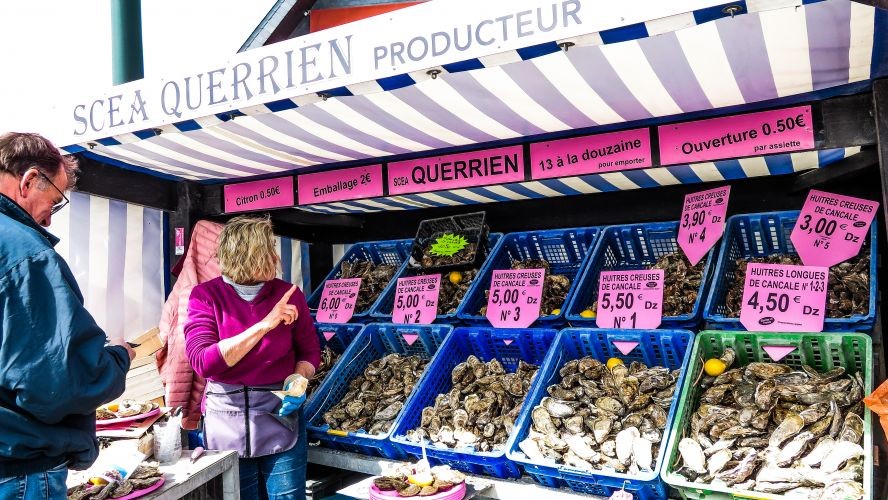
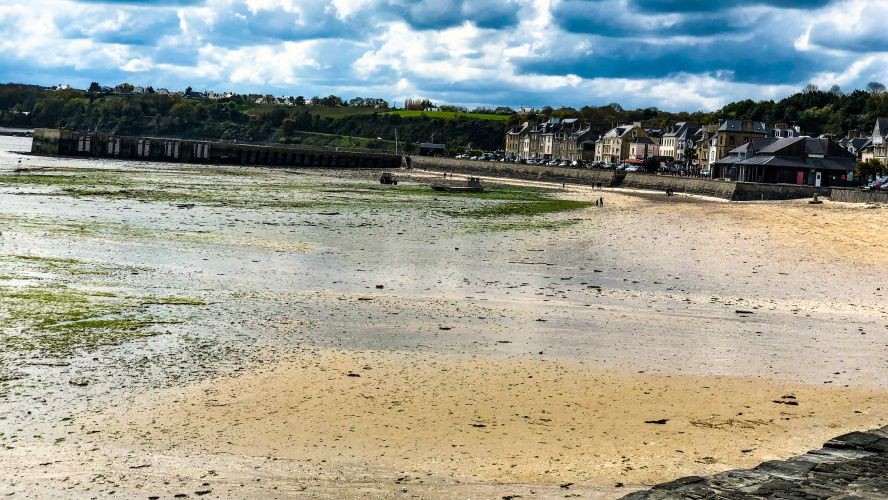
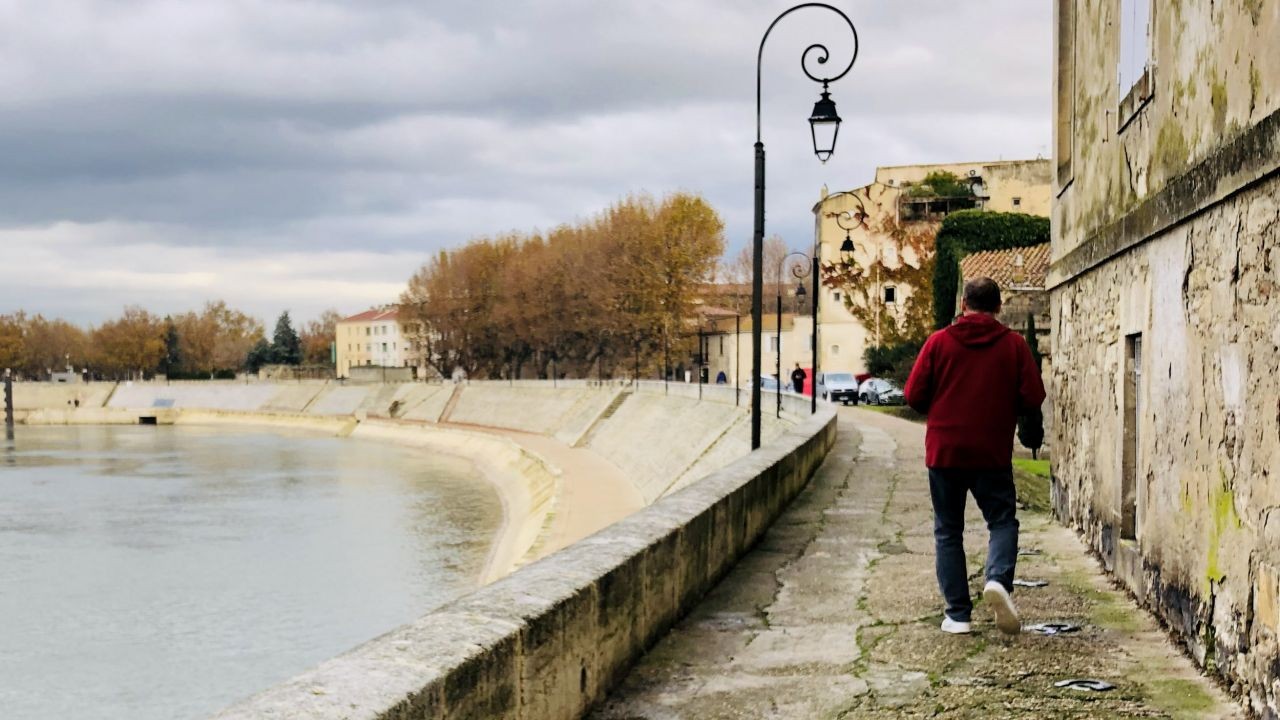
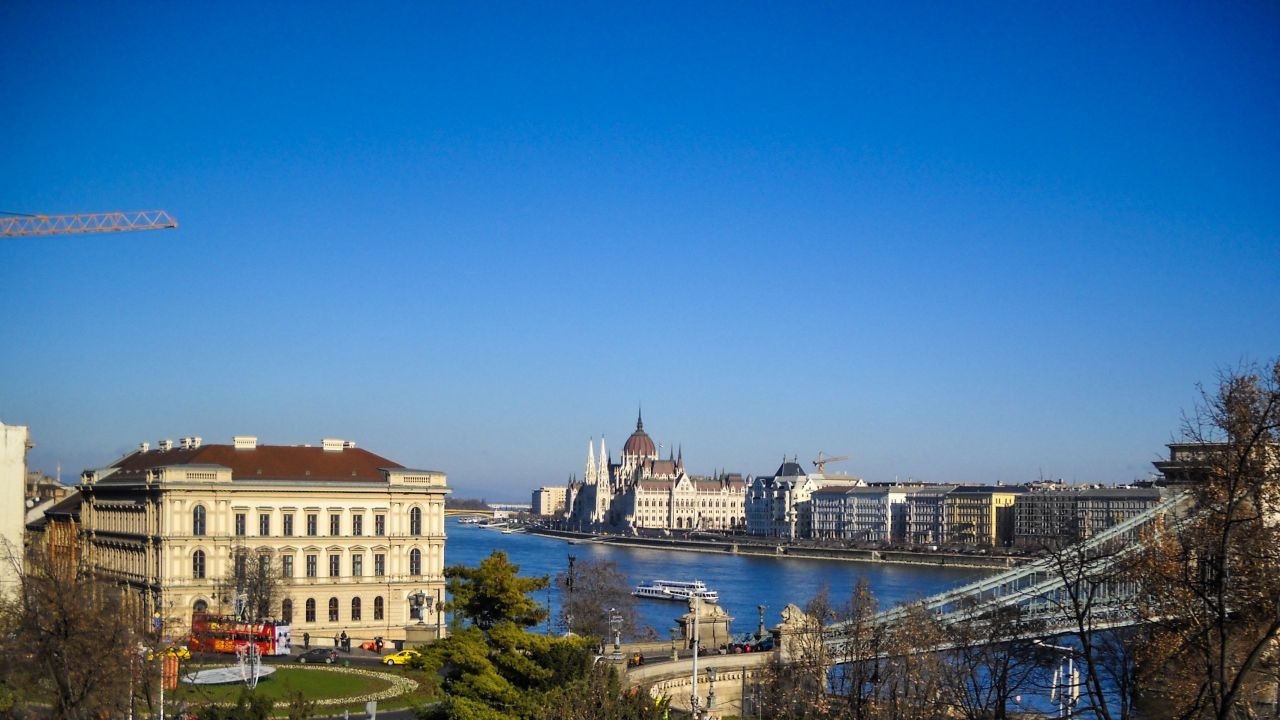

Comments